Student Portfolio Websites
Looking to build your student portfolio?
Get 50% OFF on all Pixpa plans.
Get a professional website for your student portfolio.
No Ads. No coding required.
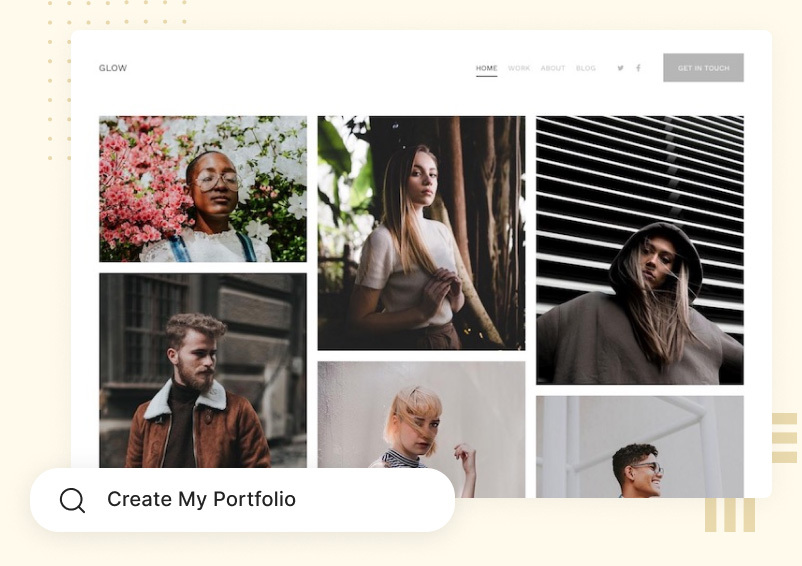
Looking to build your student portfolio?
Get 50% OFF on all Pixpa plans.
Get a professional website for your student portfolio.
No Ads. No coding required.

Students currently enrolled in any creative course (like photography, art, design, fashion, architecture) in a recognized school/college/institution are eligible for the 50% discount available for student portfolios built on Pixpa.
Teachers and educators are also eligible for this discount.
Standout with a stunning website for your portfolio and resume. Display your work on a premium, professional website that helps you build your career.
Choose from beautifully designed templates to create a professional portfolio website. Change templates whenever you want to refresh your website.
Easily create and manage your website using Pixpa’s drag-and-drop website builder. Add, edit, delete content without any coding knowledge.
Your student portfolio website will work great on all mobile devices. All Pixpa websites are automatically responsive and mobile-friendly out-of-the-box without the need of any extra work or plugins.
Structure your website the way you want. Add multimedia galleries, content pages, calendar, guestbook, groups and much more easily to your your website navigation.
Look and act like a creative pro right from the beginning. Your Pixpa student portfolio website will not have any pesky ads or commercials.
Get exposure by letting your site visitors share your website content on social media. Add your social media profiles and get visitors to follow you on social media.
Manage the search engine metadata for each content item easily. Pixpa websites follow all the best practices of SEO, ensuring your website will rank high in search results.
All Pixpa websites are secured with a 128 bit encrypted SSL certificates.

A student portfolio is a visual resume that allows you to showcase your best work and present yourself to potential employers. While portfolios are commonly associated with photographers, artists, designers, illustrators, or videographers, student portfolios can be created for any subject. Even students of writing, civics, humanities, STEM, and other fields have to create a student portfolio as their final project.
Student portfolios are a great way to let your creative voice shine and each student’s portfolio is going to look different.
While there's nothing wrong with creating a beautifully produced physical portfolio, however online portfolios have the ultimate advantage of unlimited, easy and always-on reach. They can be shared a million times over, and if you promote them right, they can even go viral.
An online portfolio website for students is one of the most important assets that you can have, especially as you move towards finishing your education. You can share it easily among your class peers and educators. Your professor can view it from anywhere in the world to evaluate your progress and figure out the grade you have earned. Search engines can pick up your student portfolio website, and if you're exceptionally talented, you may have clients or employers seeking you out.
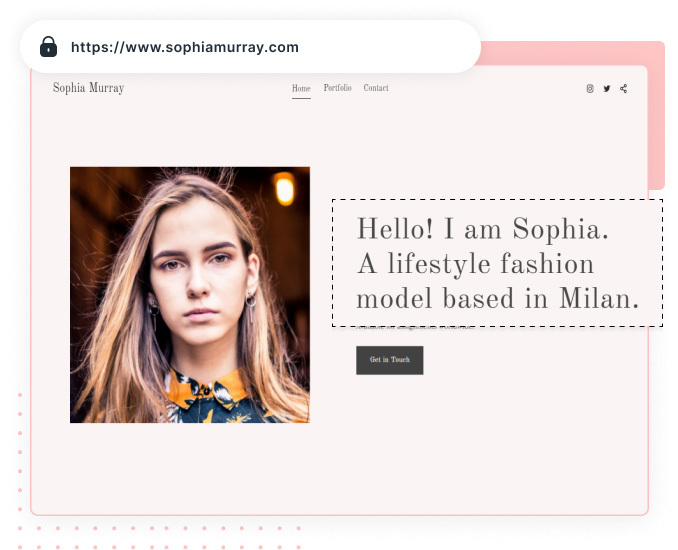
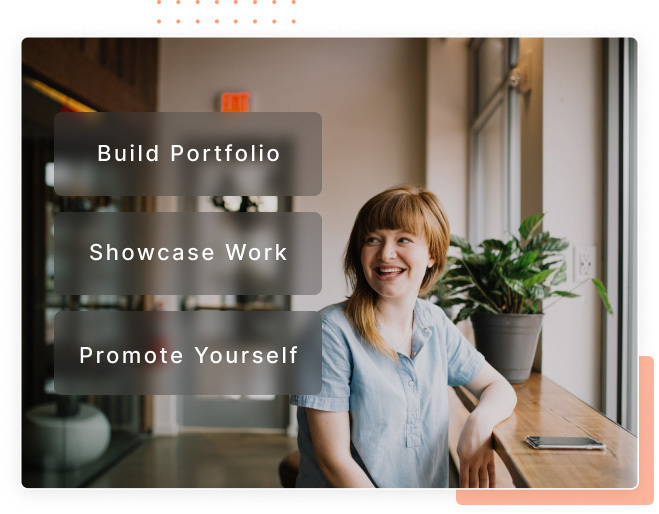
The idea that you can take one masterpiece and use it in different portfolios might sound a little far-fetched to some. But it's important to realize that portfolios are living documents that are constantly being added and subtracted.
Since a successful portfolio is tied to a clearly defined goal, one individual can have several portfolios. A class portfolio isn't your only portfolio. It's just one of the many you will create over your lifetime.
Here are a few tips to help your portfolio succeed whether you're looking to ace one class or get into college.
It would be best if you start building your portfolio from ground up from the day you join your course. Research and pick the best student portfolio template that would fit your style and content. Collect your work over time as a process - so that you can curate the best works and build an excellent online portfolio over time, and not as a last minute rush job.

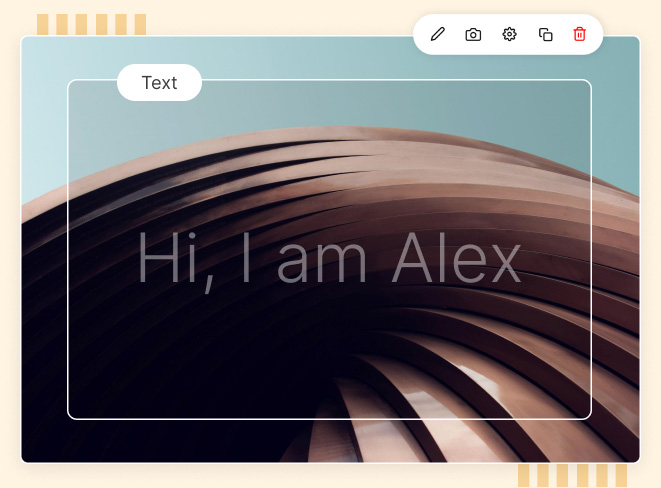
The best advice while building your portfolio is to always start with a short introductory essay and set out the intent and priorities of your portfolio plainly for your audience. Even if you have a video introduction, include a transcript so that there's always a written material if the viewer has their speakers off or the video won't play on low-bandwidth connections.
Always include your CVs or resume, and some form of testimonials.
To make an online portfolio stand out, use a variety of formats and styles. The best portfolios and websites feature a vibrant mix of media, from written text and images to animations, gifs, and full-motion and sound videos. The more dynamic the web layout, the better it is for grabbing attention.
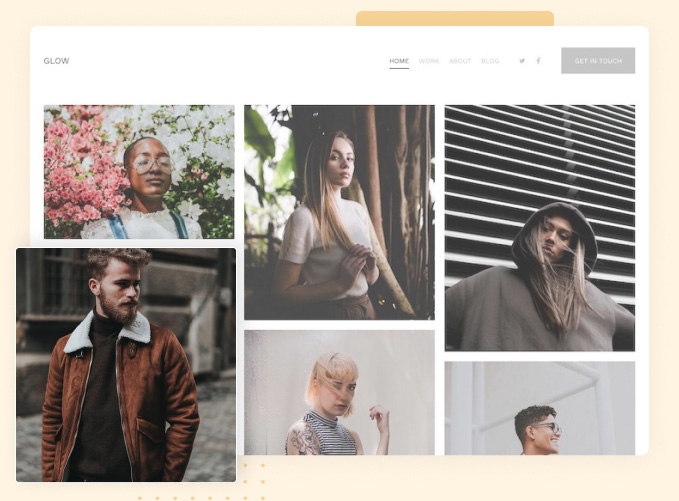
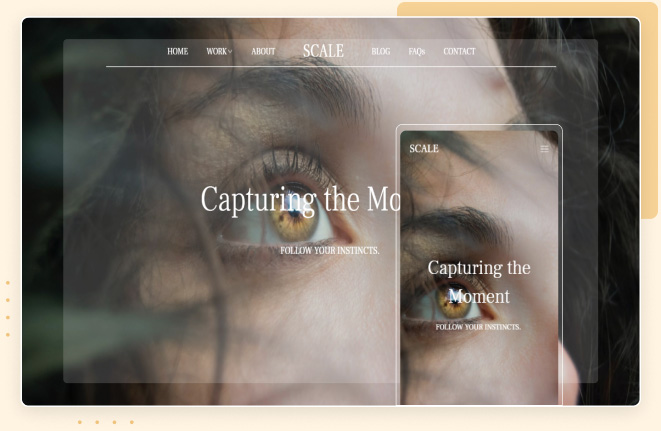
If you need to take images of your products, make sure those images are in focus, perfectly exposed, well-framed, and composed correctly. You can do it all with your smartphone, but you've got to know-how. If you aren't a photographer and struggle with getting it just right, don't be afraid to ask for some help.
Allowing students to submit online portfolios is a novel process for most professors these days. A portfolio is a personal product, and to do the best job on it, you should be allowed to follow your creative vision. A portfolio is more extensive than one or two papers or presentations - it’s the culmination of a semester or more of learning. Get creative with your portfolio in different ways by focusing on visual or video elements or writing or drawing.
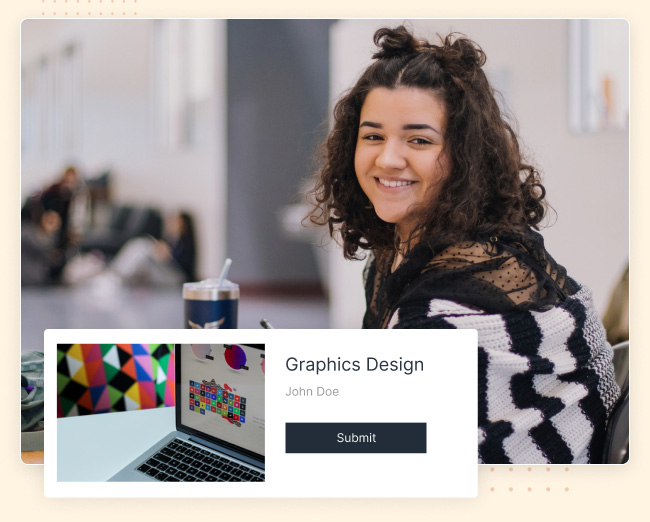

A portfolio is all about quality rather than quantity. Always make sure to highlight your best work only, and whatever the course's learning outcomes are, keep them in mind as you compile your works. Consider both the course's method and the final result, learn, iterate the process to keep your portfolio fresh and updated.
That means as a student, you should be able to find a list of the course’s learning outcomes, and all your portfolio has to do is show that you reached them. Follow the directions, and produce the required work, and you'll have that A in no time.
To make people feel more related to you and your work, make sure your portfolio includes links to all of your social media accounts, basic information about yourself, and an about page.
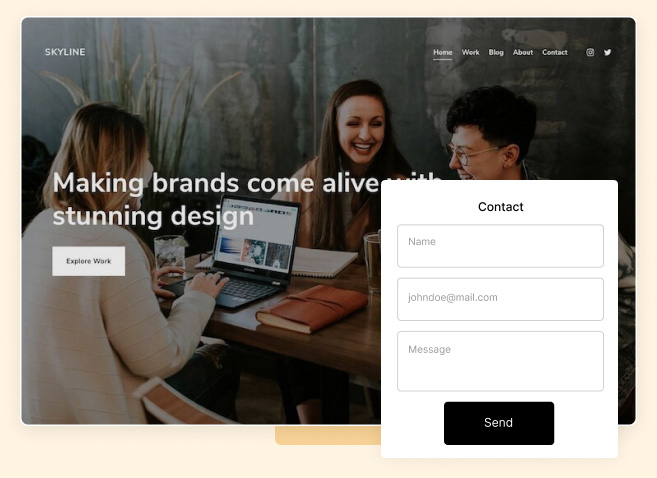
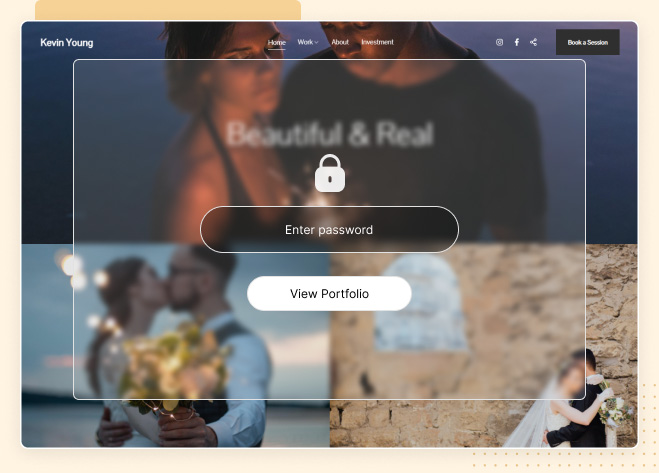
Always be cautious about what you share online. Anything posted online, even for a private invitation-only portfolio, should be something you're ok sending to your future boss or even your mom.
No matter what kind of portfolio you're building, keep it up-to-date. This is the most challenging advice to follow for students and professionals alike. Portfolios are a lot of work, and it takes time to keep them looking fresh.
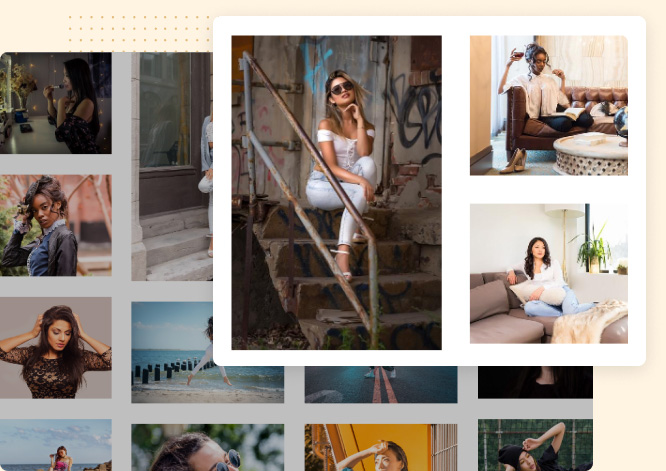
Here's a sample layout that you can apply to many different styles of class portfolios. Of course, you'll need to follow your instructor's directions to the letter. But many leave it up to their students to decide, so here's a list of topics that they should generally include.
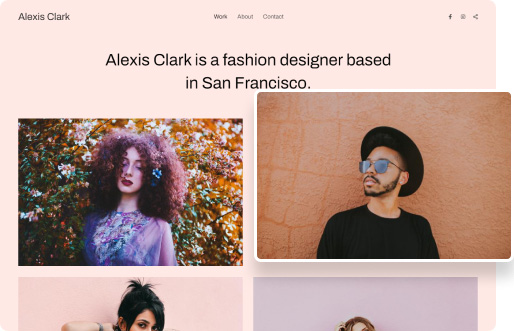
Home Page
The home page should contain any introductory material, both in written and visual forms. It will also likely link to the other pages for navigation. Remember to make it clear to anyone who views the homepage and the purpose of the site.
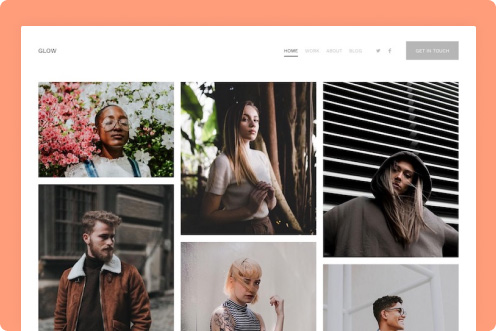
Best Works
This is the classic "masterpieces" collection that any portfolio has. It probably contains the term project or paper that required most of your time. This section will also be the bit you might want to copy later to use in future portfolios for colleges, internships, or job applications.

Next Steps
List some goals for next term, where you want to go from here, and the next steps you want to take that are relative to the course. How will this class and everything you learned in it help you meet your life goals?

Learning and Growth
This portion of the portfolio shows where you started when you entered the class and how you changed during it.
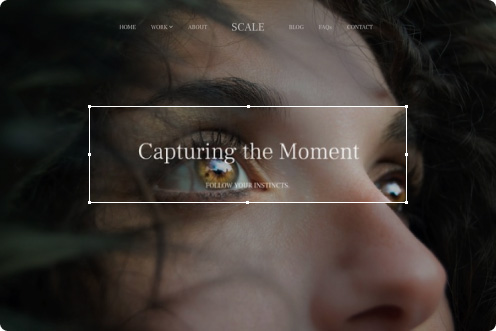
Reflections
A good portfolio shows how you grew as a person. Put together a section to reflect on what you learned in the class and if you met the posted learning outcomes.
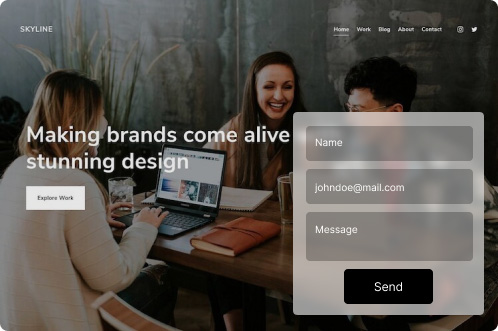
Contact Information
Have some way for viewers to contact you. Use your school email address, or better yet, use a web contact form.
Pixpa's templates can shine a light on your best work, making an A-worthy website has never been easier.







